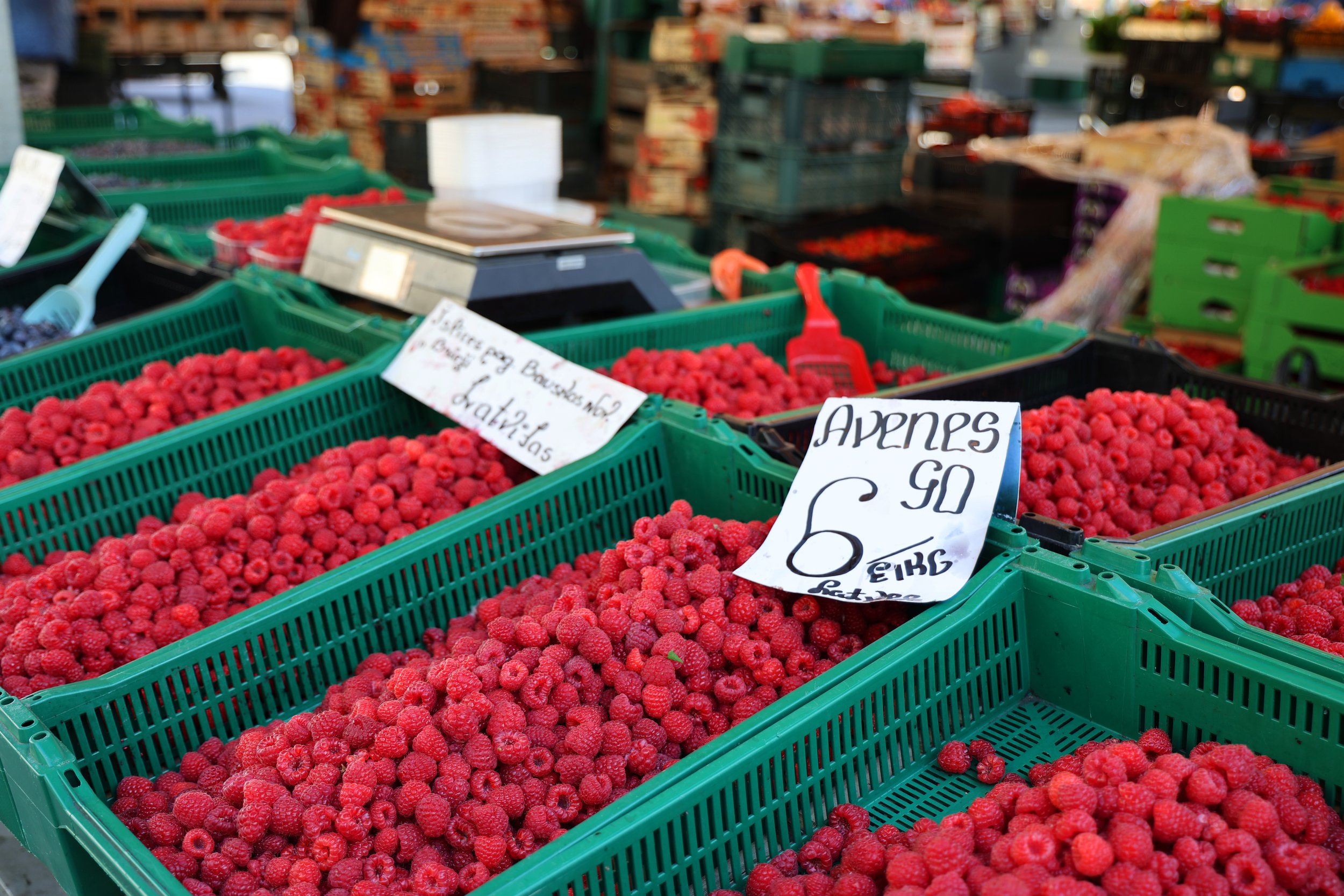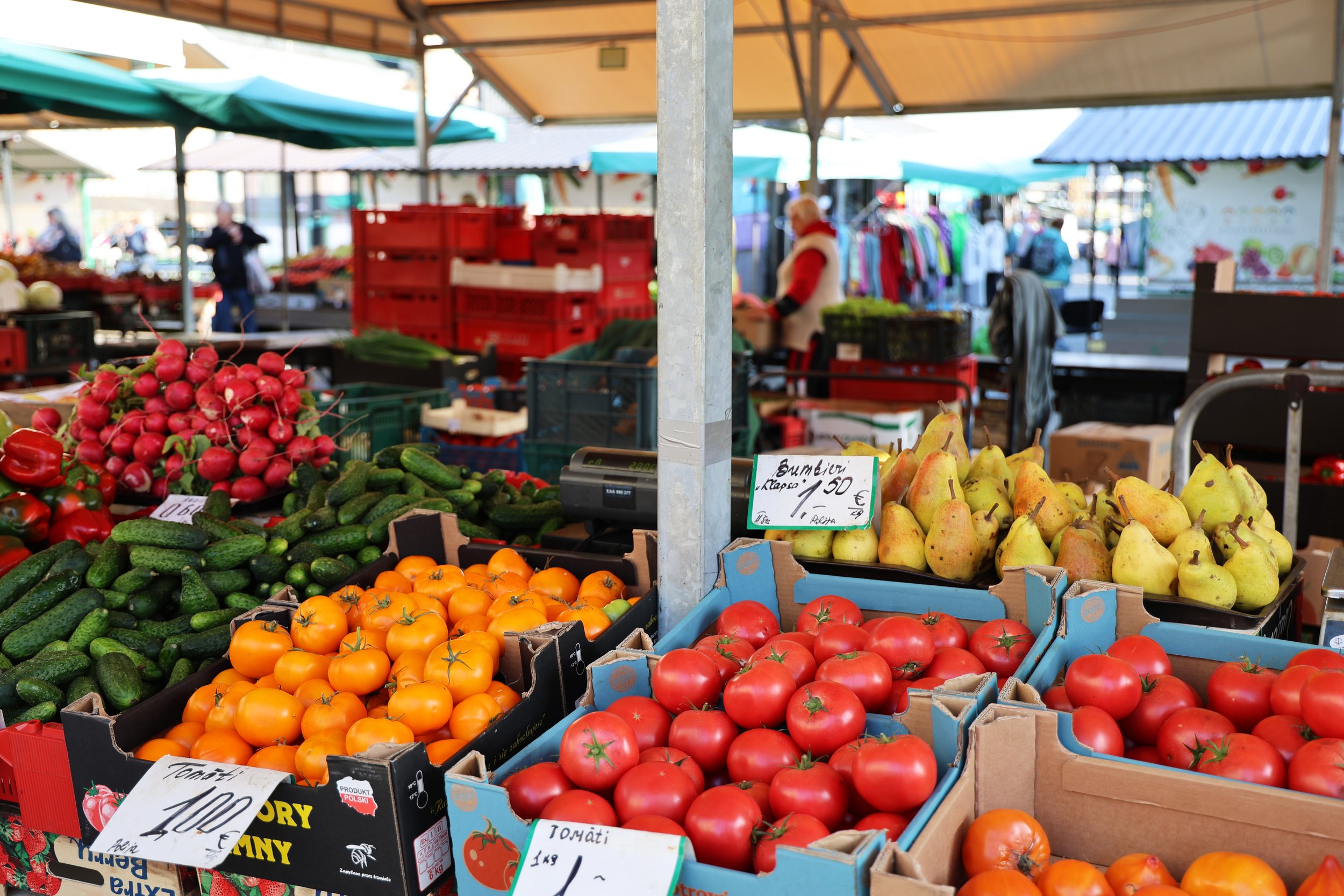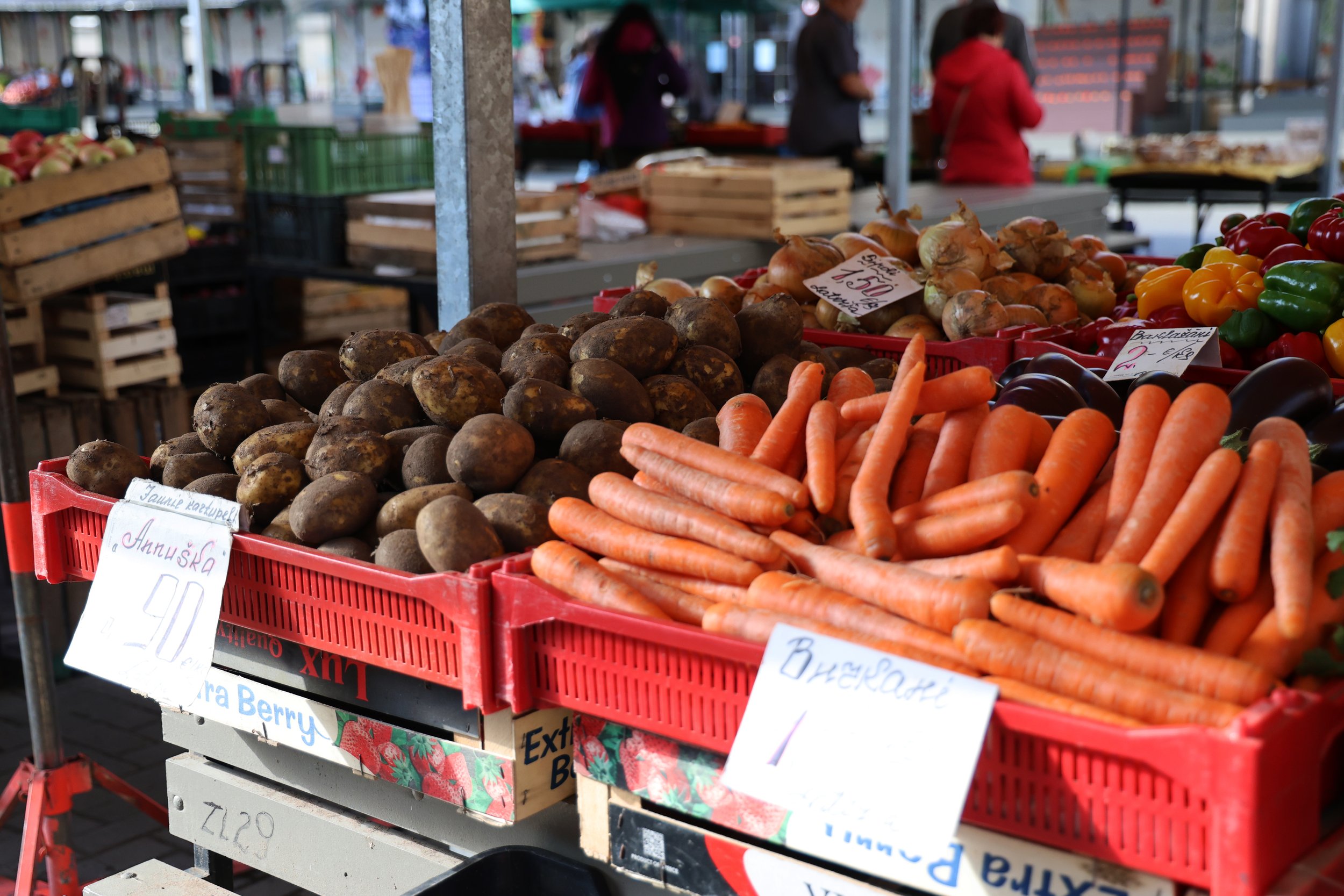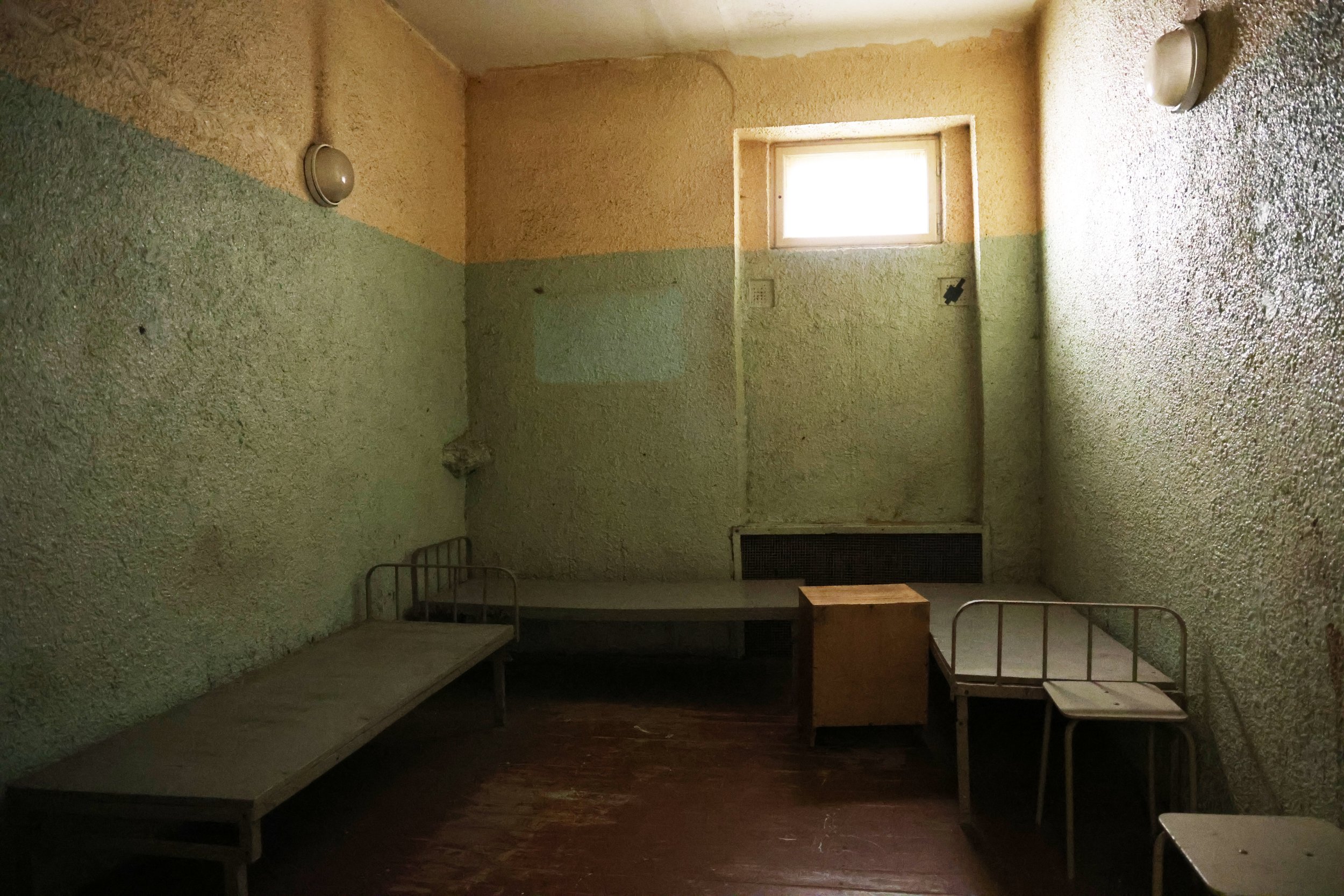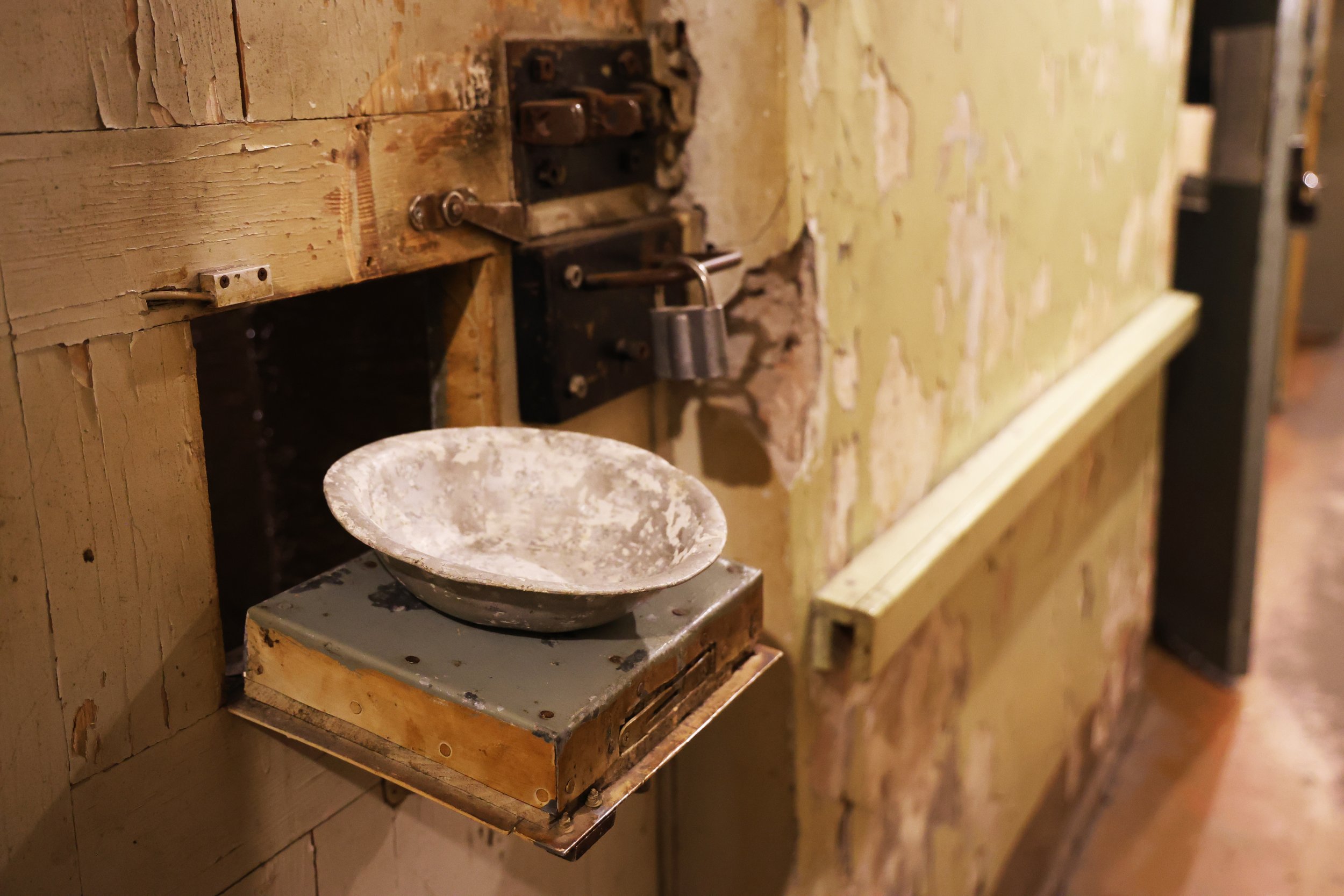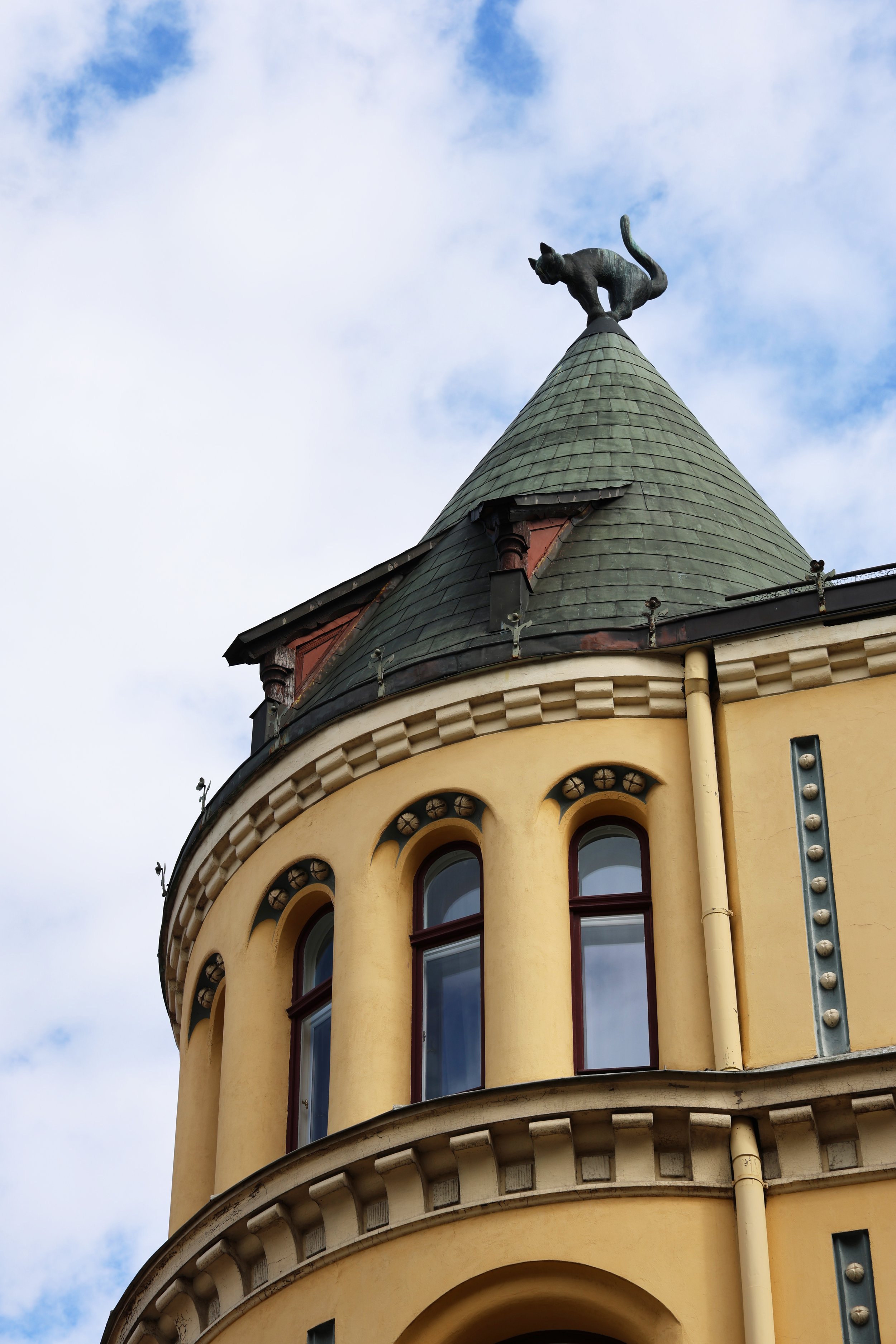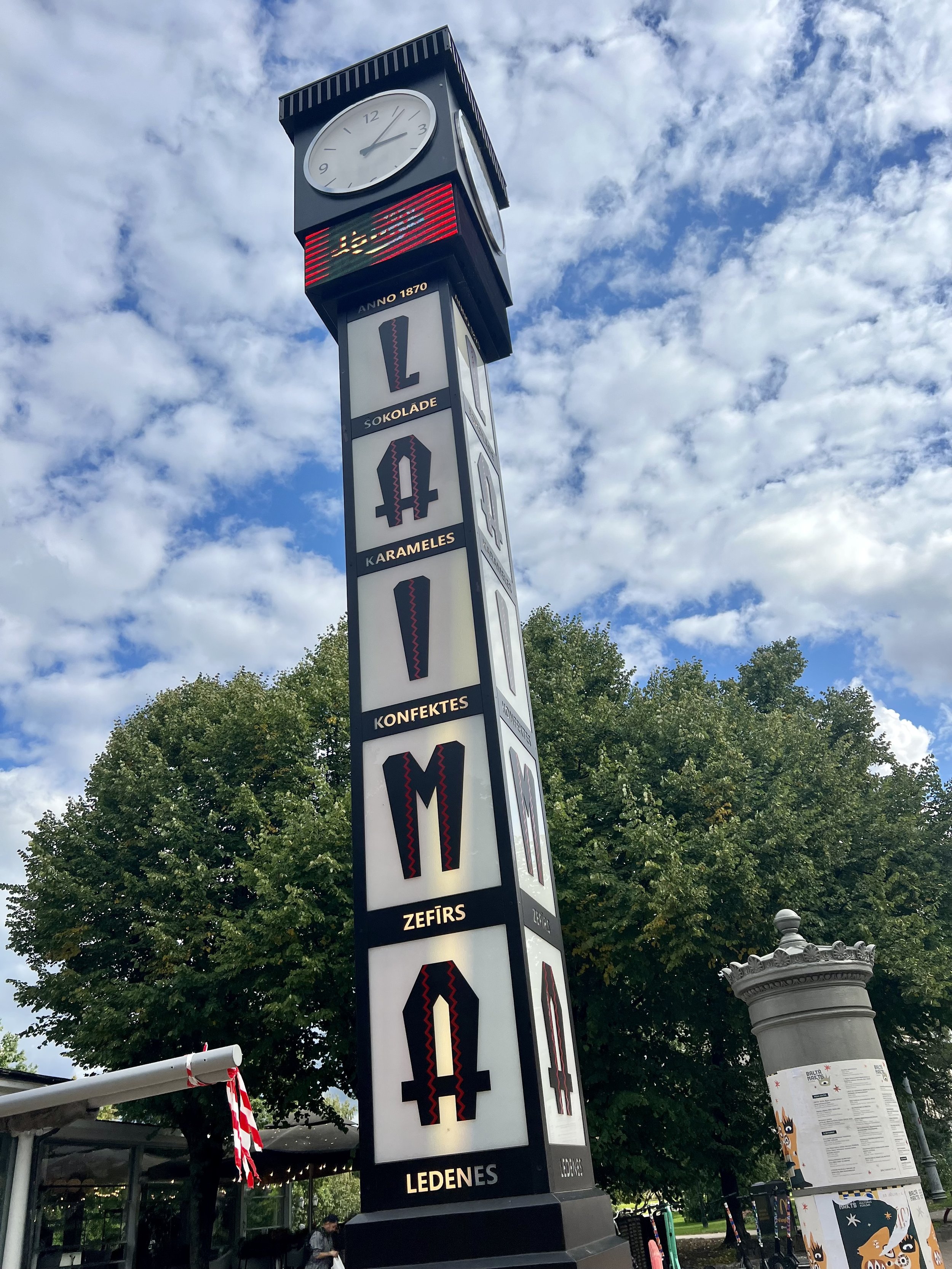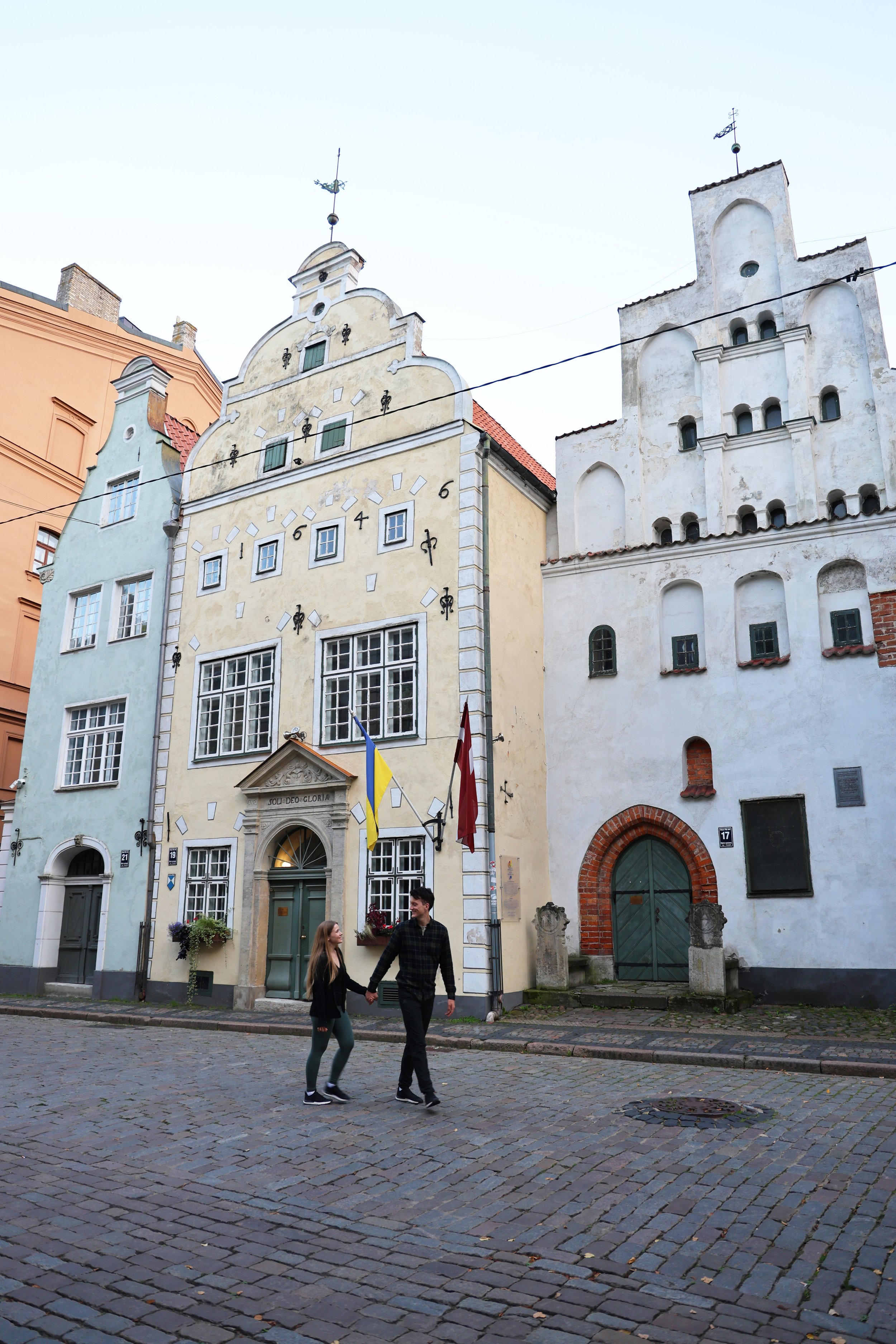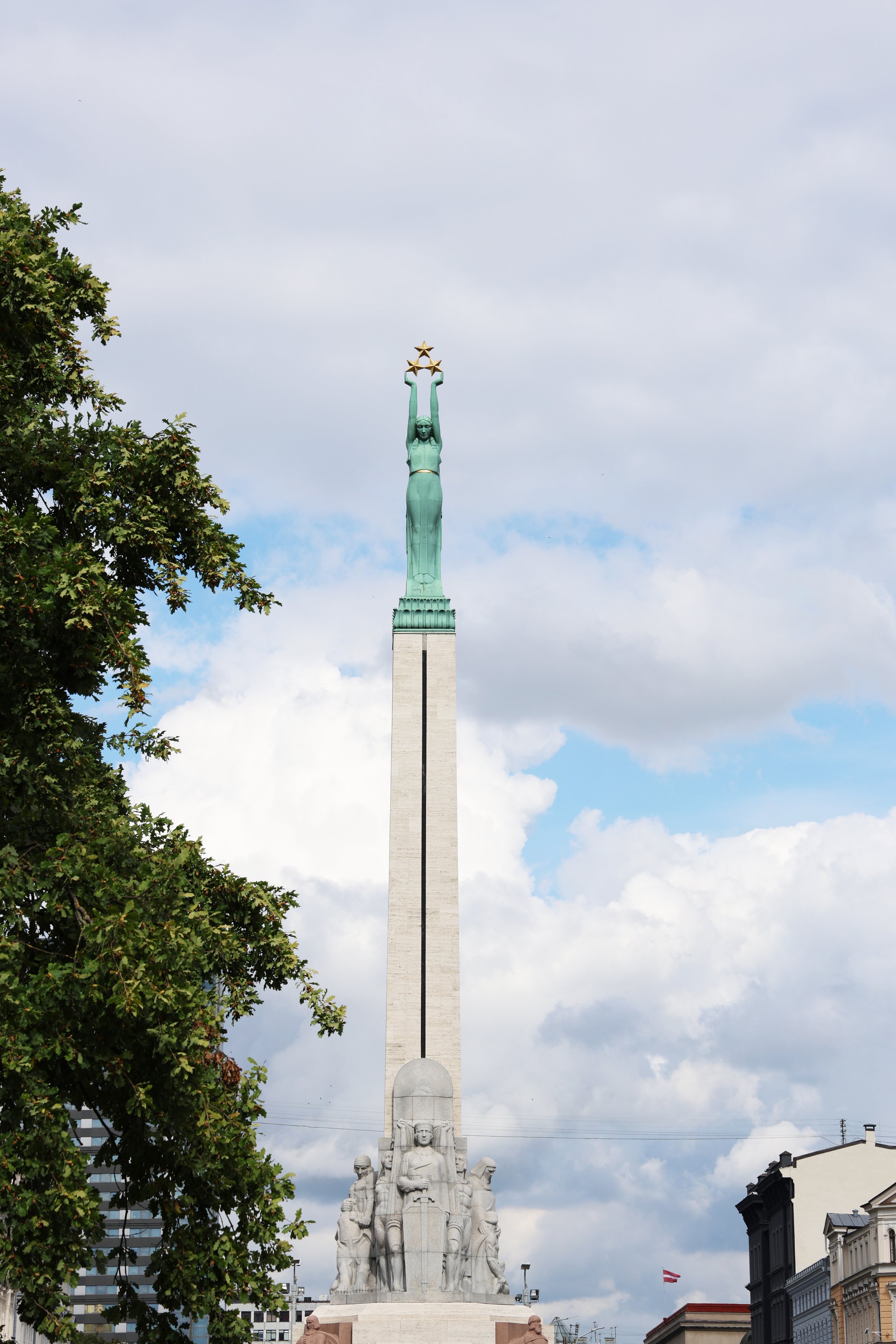Exploring Riga: Latvia's Capital in the Baltics
Riga, the capital of Latvia, boasts a UNESCO-listed Old Town with medieval charm and hosts one of the world's largest collections of Art Nouveau architecture, while its Central Market stands as Europe's most extensive market and bazaar, offering a vibrant taste of local flavors and crafts. For us stepping into Riga felt like entring the heart of Latvia. The city greeted us with its charming streets, a symphony of architectural wonders, and an air infused with the warmth of Baltic hospitality. Join us as we share some of the highlights of our adventure in Riga, a city that quickly became one of our favorites!
Essentials
Getting There: Riga, the capital of Latvia, is accessible by air, road, and sea. Riga International Airport serves as a major hub, offering flights from various European cities. Additionally, efficient bus services connect Riga to neighboring countries, making it convenient for travelers exploring the Baltic region. Ferries operate between Riga and destinations like Sweden and Germany, providing sea routes.
Transport: Riga boasts an extensive and user-friendly public transportation system, including buses, trams, and trolleybuses, making it easy to navigate the city and its suburbs. The Riga Card offers unlimited access to public transport and discounts on museums and attractions, providing a cost-effective way to explore the city. Scooters are readily available and are a convenient alternatives for getting around.
Currency: Latvia uses the Euro (EUR) as its official currency. Credit cards, especially Visa and Mastercard, are widely accepted in hotels, restaurants, and shops.
ATM and Credit Cards: ATMs are widespread in Riga, and major credit cards are accepted in most establishments.
Language: Latvian is the official language in Riga.
Travel Adapters: Latvia uses the European standard Type C and Type F electrical sockets. Make sure to bring the necessary adapters to charge your electronic devices during your stay in Riga.
Highlights
Riga Central Market:
One of the largest and most vibrant markets in Europe, Riga Central Market offers a fascinating array of fresh produce, local specialties, and handmade crafts.
Established in 1930 in Riga, Latvia, has a unique history tied to the repurposing of German zeppelin hangars from World War I. These massive hangars, dismantled and transported to Riga as war reparations, were ingeniously transformed into pavilions for the market. Officially opened in 1930, the market's five pavilions, each designated for specific goods, showcased innovative reuse of military infrastructure for civilian purposes. Despite challenges, including surviving World War II, the pavilions retained their robustness. In 1998, Riga Central Market was recognized as a UNESCO World Heritage Site, with the zeppelin hangars' unique origin contributing to its architectural significance. Today, the market stands as a cultural and economic hub, showcasing the adaptability of structures and preserving historical heritage.
Unfortunately at the time of our visit to Riga the Markets were all undergoing a major cleaning operation so we were only able to get a glimpse into the buildings through the glass windows in the doors. A market was however set up on the streets outside giving us an incite into the wonderful produce on offer in the markets. If you are in Riga don’t miss the opportunity to stroll through these vast halls and experience traditions that have remained unchanged for almost a century.
Old Town (Vecrīga):
The historic center of Riga, Old Town, is a UNESCO World Heritage site with cobbled streets, medieval architecture, and charming squares. Some of the must see attractions include the House of the Blackheads, Riga Cathedral, and St. Peter's Church.
The House of the Blackheads, with its intricate architectural details, transported us back to the early 14th century when it was initially constructed for the Brotherhood of Blackheads. The very name "Blackheads" is a nod to the statues of African men that once adorned the building's exterior. Although the original statues were lost during the tumultuous times of World War II, replicas stood proudly, telling a story of resilience. The House of the Blackheads was damaged during the war, rose again in the 1990s.
Latvian Riflemen Monument:
The Latvian Riflemen Monument, situated in Victory Park in Riga, is a notable historical landmark with a complex legacy. Unveiled in 1971 during the Soviet era, the monument stands as a tribute to the Latvian riflemen who played a crucial role during World War I. Crafted by sculptor Leo Muiznieks and architect V. Akulov, the central sculpture depicts three Latvian riflemen in military uniforms atop a granite pedestal adorned with symbolic reliefs and plaques.
The monument is deeply intertwined with Latvia's historical narrative. The Latvian riflemen were initially mobilized as part of the Russian Imperial Army during World War I. Recognized for their valor on the Eastern Front, they later became instrumental in the establishment of the Republic of Latvia in 1918. The monument, therefore, symbolizes not only the bravery of the riflemen but also the historical continuity of Latvian military traditions.
The Soviet era's influence is evident in the monument's construction, as it was orchestrated during a time when Latvia was under Soviet rule. Some residents of Riga, consider the monument as a symbol of the old communist system and would love to see it torn down. However, other people from the city believe that it is actually a necessary tribute to the Latvians who fought during the early years of WWI. The statue is now said to honour all Latvian Riflemen.
Swedish Gate (Zviedru Varti):
The Swedish Gate, constructed in 1698 during the Swedish rule over Riga, stands as a captivating piece of historical architecture in the Old Town of Riga, Latvia. This modest yet charming gate was once a crucial entrance to the fortified city, forming part of the defensive walls that surrounded the medieval core. Built with red bricks, the Swedish Gate features a narrow passageway for pedestrians and a tower crowned with a distinctive rooster weathervane.
Beyond its architectural significance, the gate is shrouded in local legends, with one suggesting that those passing through can make a wish and touch the rooster for it to come true. Over the years, restoration efforts have ensured the preservation of this cultural landmark, allowing visitors to not only witness a tangible link to Riga's past but also explore the cobblestone streets and historic ambiance of the Old Town.
The Art Nouveau District:
Our visit to Riga's Art Nouveau District was like stepping into a living canvas where every building told a story of creativity and elegance. Strolling down Alberta iela, the heart of this architectural treasure, we marvelled at the ornate facades adorned with sculpted faces, mythical creatures, and intricate floral motifs. Each building seemed to have its own personality, a testament to the genius of architects like Mikhail Eisenstein and Konstantīns Pēkšēns who left an indelible mark on the district. Elizabetes iela, another enchanting street, continued to unveil a diverse range of Art Nouveau masterpieces, each structure vying for attention with its unique design elements.
This district, recognized as a UNESCO World Heritage Site since 1997, stands as a testament to the universal cultural value and significance of Riga's Art Nouveau movement.
Three Brothers, Latvian Museum of Architechture:
One of our highlights of Riga was the Three Brothers are located in the Old Town of Riga, Latvia. Specifically, these three medieval buildings stand side by side on Maza Pils iela, a street in the heart of Riga's historic centre.
The Three Brothers (Trīs Brāļi) stand prominently in Riga's Old Town, showcasing a trio of medieval buildings on Maza Pils iela that span different architectural epochs. These structures, revered for their historical significance, individually represent distinct styles.
The Older Brother, with its Gothic architecture, traces its roots back to the 15th century. Meanwhile, the Middle Brother, exhibiting Dutch Renaissance influences, was erected in the 17th century. The Younger Brother, a Baroque marvel, was constructed in the 18th century. Together, they offer a captivating visual narrative of Riga's architectural evolution and collectively contribute to the UNESCO World Heritage Site designation of the Old Town.
Nestled within the architectural ensemble, the Latvian Museum of Architecture finds its home in the Middle Brother. This museum is a dedicated custodian of Latvia's architectural heritage, presenting exhibits that chronicle the nation's architectural journey. With a commitment to education and engagement, the museum organizes programs, lectures, and events to foster awareness and appreciation for architecture. Positioned conveniently in Riga's Old Town, the Three Brothers and the Latvian Museum of Architecture invite visitors to explore not only Latvia's architectural legacy but also the cultural and historical significance encapsulated within these venerable structures.
Hidden Gems
The Corner House - Museum of the Occupation of Latvia
The Corner House in Riga, is a museum, dedicated to the Occupation of Latvia, its housed in what was once the headquarters of the KGB. For the best experience at The Corner House you must book a guided tour. These tours provide more information about the exhibits and take you to places like the jail cells, where you can learn about the history of Latvia's occupation. The guides share stories of people who lived through those times, making the visit more insightful and meaningful. Booking a tour in advance ensures you don't miss out on these important details and helps you make the most of your visit.
The museum features exhibits that include photographs, personal testimonies, and artifacts from the occupation era. It provides a comprehensive and poignant portrayal of the historical events that shaped Latvia.
The Corner House doesn’t shy away from confronting the complex and painful aspects of Latvia's history. It served as a memorial, a place of remembrance, and a testament to the strength of a nation that had emerged from the shadows of occupation. The museum's commitment to preserving the truth, even in the face of discomfort, left a lasting impression on us.
Leaving The Corner House, we couldn't help but reflect on the resilience of the Latvian people. The museum had transformed the building, once a symbol of fear, into a space for education and reflection.
Where to Stay, Eat and Drink
During our visit to Riga we stayed the Tallink City Hotel, we chose this hotel mainly because it offered secure underground parking for our motorcycle -in fact it couldn’t get more secure as the car park was accessed via a vehicle lift that was operated by the hotel staff ensuring a stress free stay in the capital of Latvia.
There’s no shortage of great restaurants in Riga that cater for everyone’s preferences so follow your nose. Two places that we would recommend and go back to would be the Kozy Eats offerieng Vegan and gluten free options of traditional Lativian dishes and Cafe Mazā Terapija where we enjoyed one of the best breakfasts of the trip!
Riga is large city with a lot of the places of interest spread around the city, all still very walkable but we saved a lot of time using the electric scooters.
Photo Diary
Riga's charm and history have left a lasting impression and it felt like you could spend weeks wandering it streets. We'll be back soon to soak in more of its beauty. For the full experience, we highly recommend dedicating a whole weekend to explore the city. Until next time, Riga, you've earned a special place in our travel memories.


